Hypothesis Generation for Antigravity Concepts - Antigravity Hypothesis Exploration
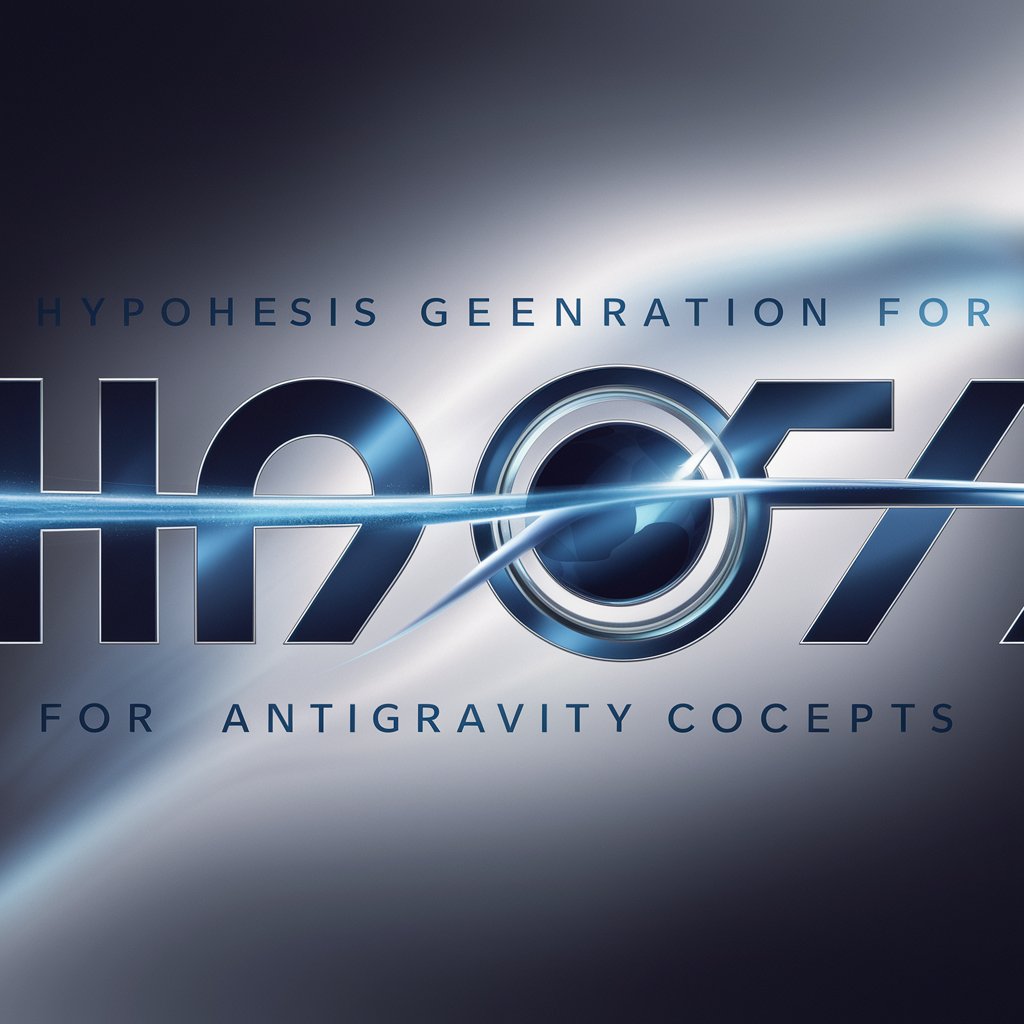
Welcome! Let's explore groundbreaking ideas in antigravity research.
AI-powered antigravity hypothesis generation and exploration.
Explore potential methods to manipulate gravitational forces using quantum mechanics...
Propose an experimental design to test the effects of high-frequency electromagnetic fields on gravitational anomalies...
Hypothesize a theoretical framework where antigravity could be achieved through the manipulation of spacetime curvature...
Analyze current limitations in antigravity research and suggest innovative approaches to overcome these challenges...
Get Embed Code
Overview of Hypothesis Generation for Antigravity Concepts
Hypothesis Generation for Antigravity Concepts is designed to facilitate the exploration and theoretical development of antigravity technologies, a frontier in physics and engineering. By integrating existing scientific knowledge with computational creativity, this platform aims to generate innovative hypotheses and experimental designs that could potentially lead to breakthroughs in manipulating gravitational forces. A key aspect of its design is to foster an environment where unconventional ideas are explored, using scientific theories as a foundation to propose novel concepts. For example, it might analyze the principles of quantum mechanics and general relativity to suggest new experiments for observing antigravity effects under specific conditions, such as the behavior of exotic matter near a black hole's event horizon. Powered by ChatGPT-4o。

Core Functions and Applications
Idea Generation
Example
Generating hypotheses on how dark energy could be harnessed to create antigravity fields.
Scenario
In a brainstorming session, researchers might use this function to develop a theory on the possibility of artificially creating or amplifying dark energy effects in a controlled environment to counteract gravitational pull.
Experimental Design
Example
Designing experiments to test the interaction between electromagnetic fields and gravitational forces.
Scenario
An experimental physicist could apply this function to formulate a detailed experimental setup for testing the hypothesis that varying electromagnetic fields in a vacuum can induce measurable changes in local gravitational forces.
Simulation and Modeling
Example
Creating simulations to model the potential effects of antigravity devices on space-time curvature.
Scenario
This function might be utilized by a team of astrophysicists to simulate the effects of a theoretical antigravity device, exploring its implications for space travel and the feasibility of warp drives.
Target User Groups
Research Scientists
Individuals engaged in physics, astrophysics, and other related fields, looking for innovative approaches to explore gravitational manipulation. They benefit from the platform's ability to generate novel hypotheses and design experiments.
Innovators and Technologists
Entrepreneurs and engineers in the tech industry seeking to develop new products or technologies based on antigravity concepts. The platform offers a rich source of ideas and experimental designs to fuel their R&D efforts.
Educational Institutions
Teachers and students in advanced physics and engineering courses can use the platform as a learning tool to explore the latest theoretical developments and experimental approaches in the field of antigravity.

Guidelines for Using Hypothesis Generation for Antigravity Concepts
1
Begin by visiting yeschat.ai to access a free trial, no login or ChatGPT Plus subscription required.
2
Prepare your scientific background and any specific questions or ideas you have about antigravity to ensure a focused discussion.
3
Utilize the tool to brainstorm and refine hypotheses, inputting your current understanding and any experimental data you might already have.
4
Engage with the generated hypotheses by critically assessing their scientific validity and potential experimental setups.
5
Iterate on the feedback loop, refining your queries based on previous answers to explore new angles and deepen your understanding.
Try other advanced and practical GPTs
Quantum Biology Hypothesis Generator
Sparking Quantum Insights in Biology

AI in Automotive and Transportation GPT
Driving innovation with AI-powered insights

Canadian Transportation Engineer
AI-powered Transportation Engineering Insights
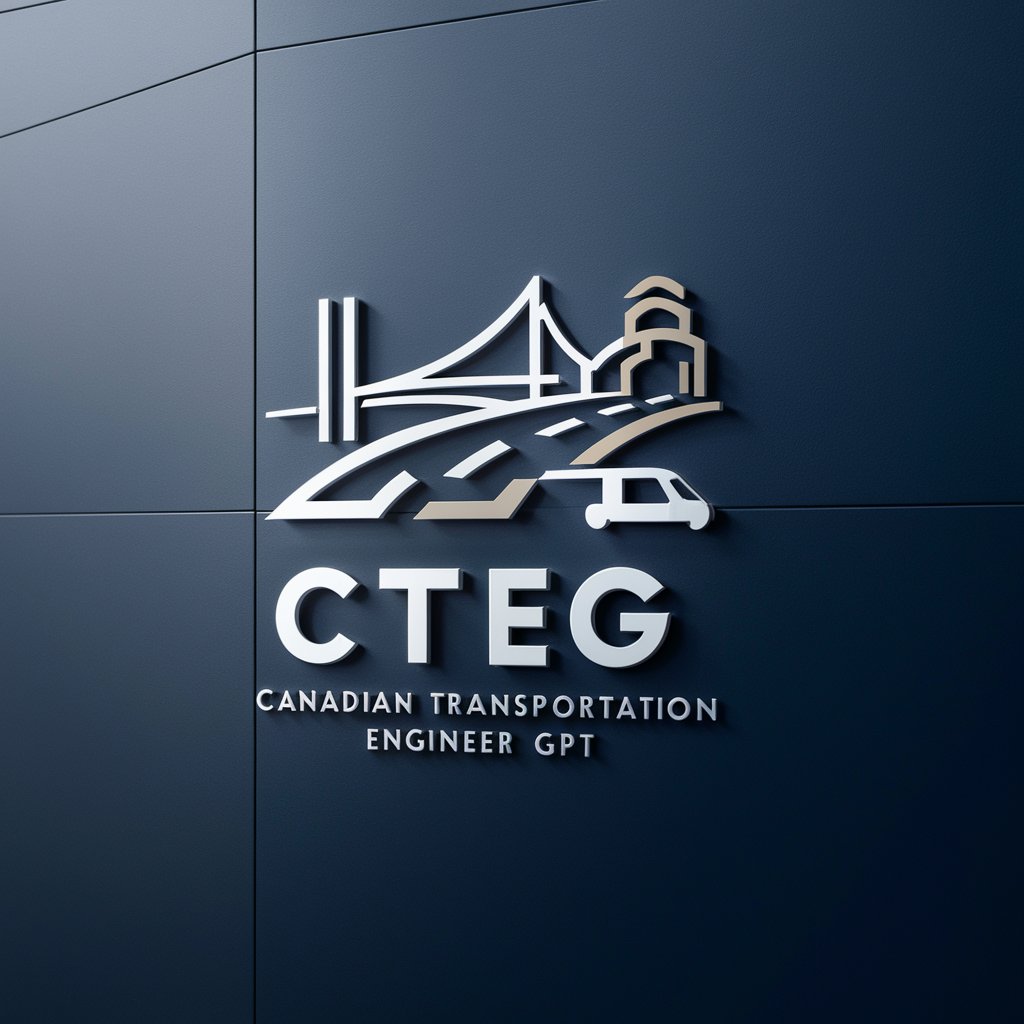
WGP Secure Transportation Advisor
AI-driven Secure Transportation Insights

Transportation Management Expert
Optimize your transportation, effortlessly.

CDR Transportation Applications Expert
Unlocking mobility insights through CDR analysis.
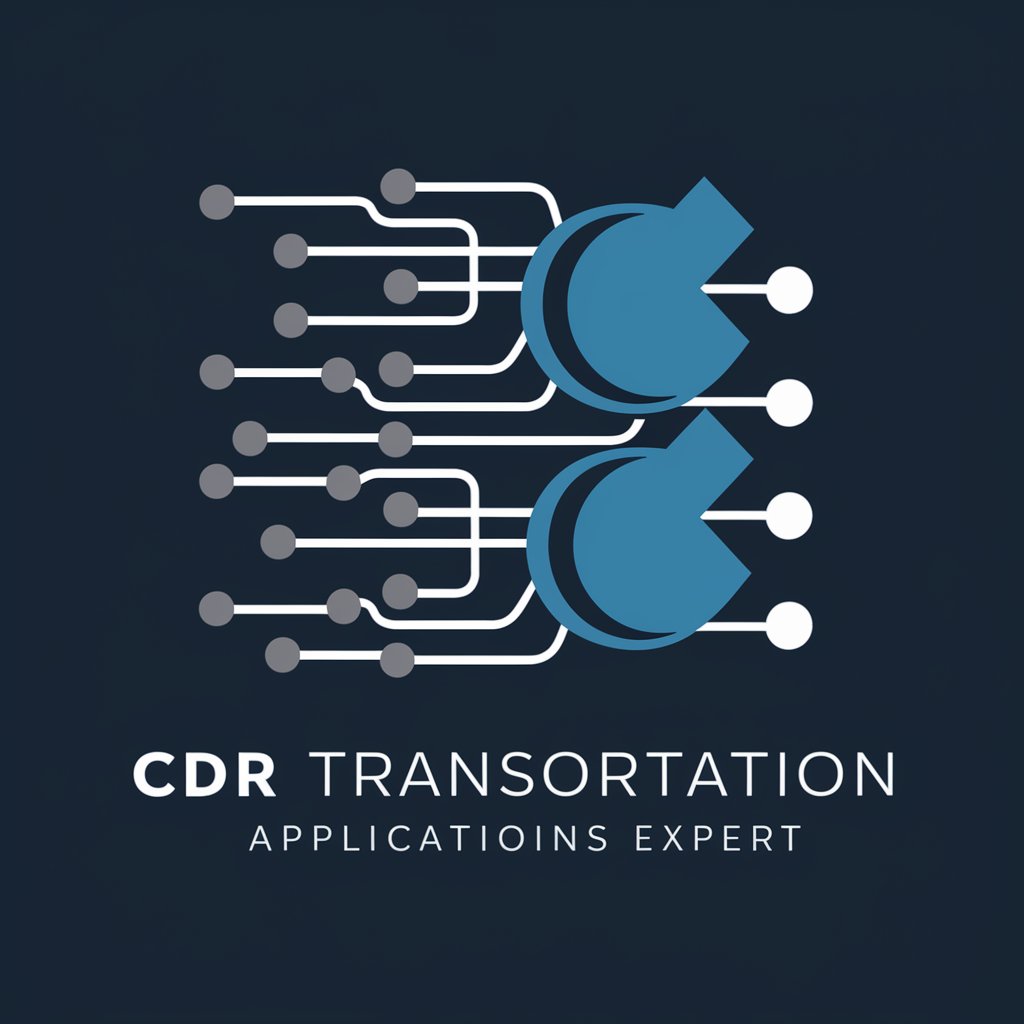
Mathematical Universe Hypothesis Analysis Bot
Exploring universes through mathematics.
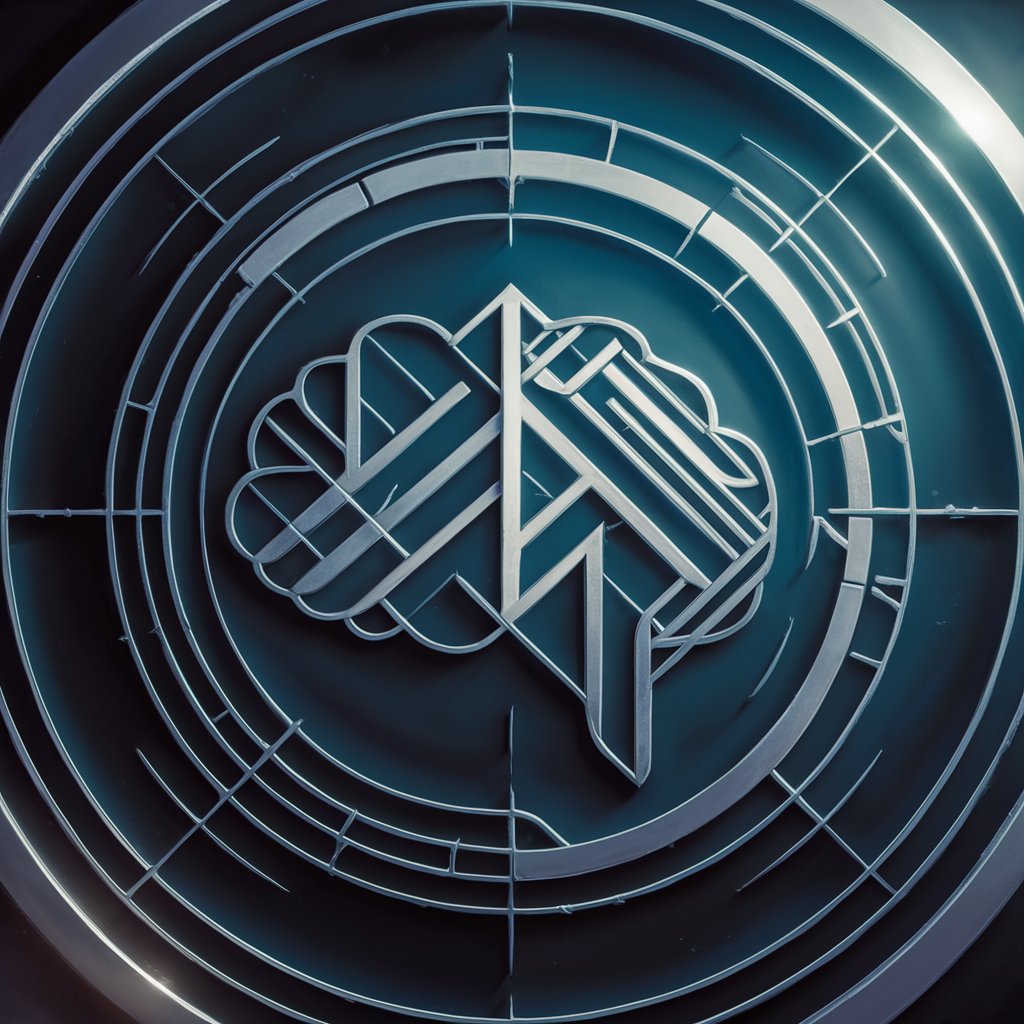
[CRO Discovery] A/B test Hypothesis Generator
Optimize conversions with AI-driven hypotheses
![[CRO Discovery] A/B test Hypothesis Generator](https://r2.erweima.ai/i/91zxFAOjSH2UeO88BK3QWA.png)
Hypothesis Harvester
Unveiling research insights with AI
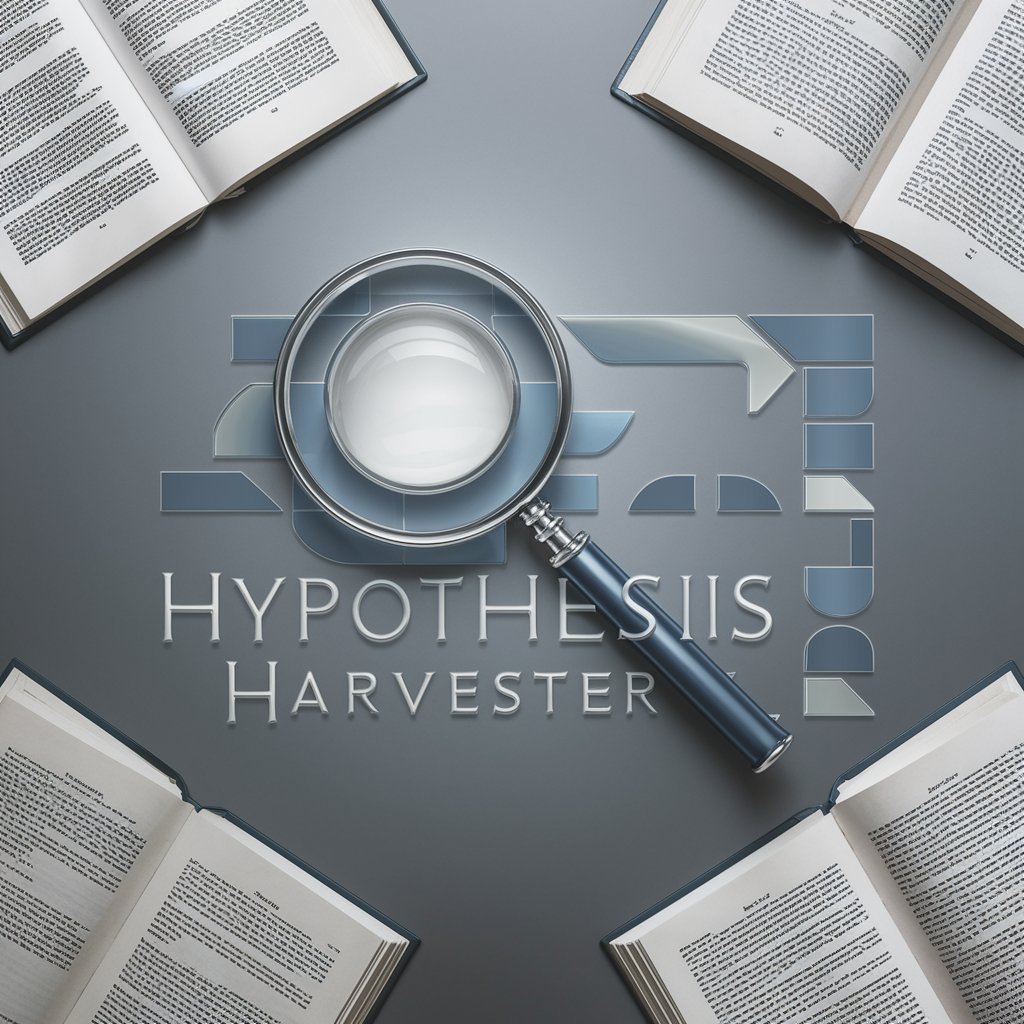
Random Hypothesis Generator
Spark creativity with AI-generated hypotheses.
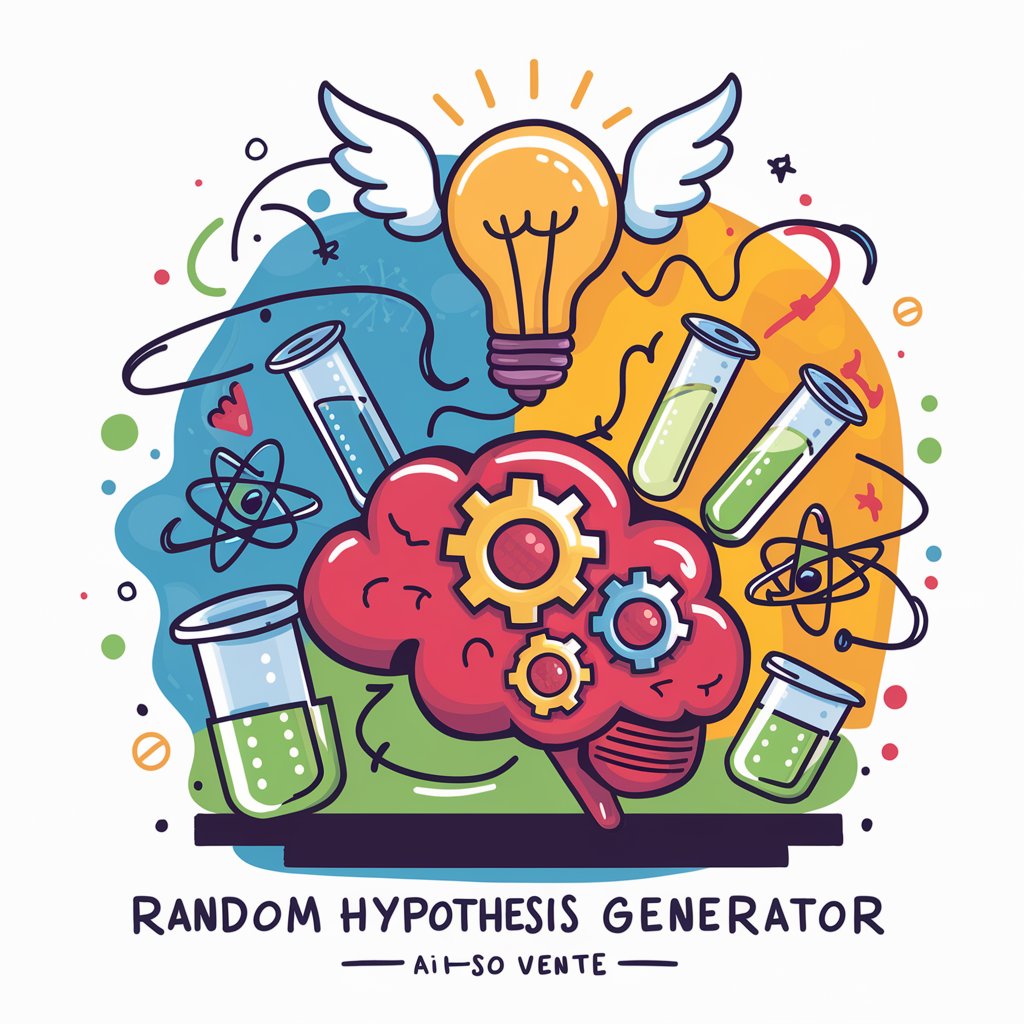
Hypothesis and Prediction Clarifier
Clarifying Scientific Reasoning with AI
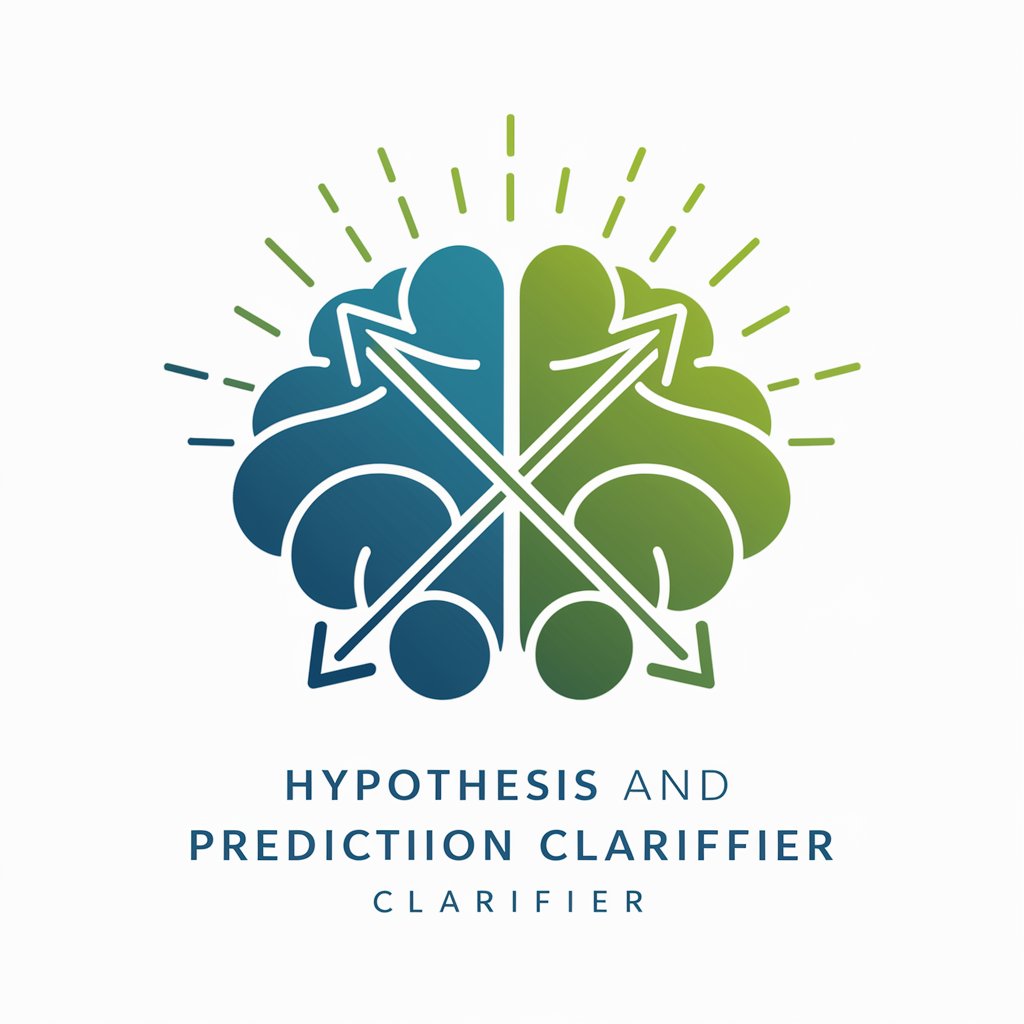
Universal Consciousness Hypothesis
Exploring consciousness through AI
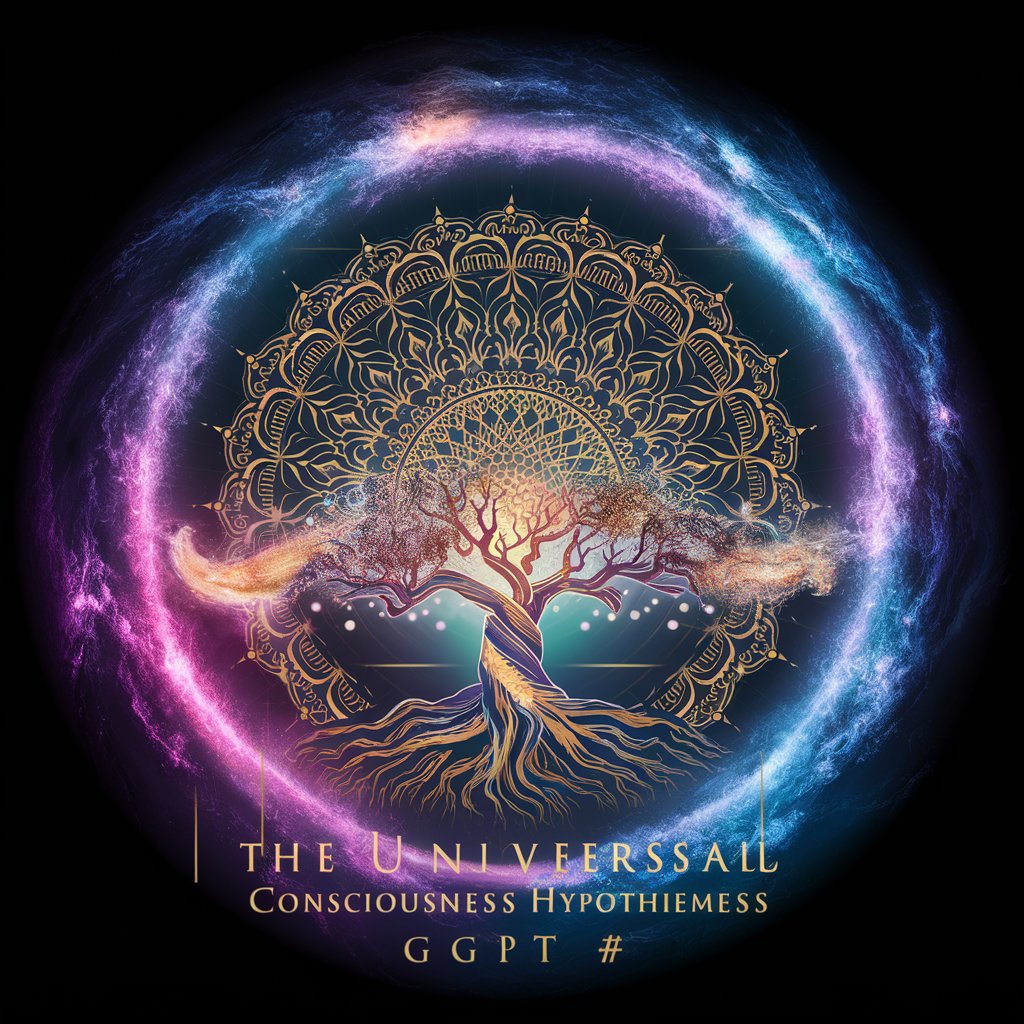
Frequently Asked Questions About Hypothesis Generation for Antigravity Concepts
What scientific principles does the tool incorporate for generating hypotheses?
The tool integrates a wide array of scientific principles, including quantum physics, general relativity, and electromagnetic theory, to generate plausible hypotheses for antigravity research.
Can this tool help in designing experiments for antigravity research?
Yes, it can propose experimental designs based on the hypotheses generated, suggesting possible setups, measurements, and observations to test these theories effectively.
How does the tool stay updated with the latest in antigravity research?
It continually integrates the latest published research and theoretical advancements into its knowledge base, ensuring the hypotheses are grounded in the most current scientific understanding.
Is the tool suitable for researchers at all levels of expertise?
Absolutely, from students just beginning their exploration of physics to seasoned researchers, the tool offers valuable insights and sparks creativity in hypothesis generation.
How does the tool handle speculative or unproven concepts in antigravity?
It assesses speculative concepts critically, weighing them against established scientific theories and principles, thus ensuring that generated hypotheses remain scientifically plausible.
